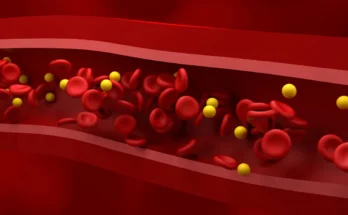At night, trucks parked at the many rest areas on German motorways become dangerous. In the current research commissioned by ADAC Testers found trucks “in high-risk areas such as entrances and exits or even on difficult shoulders” on 48 of the 100 systems examined along critical routes.
Trucks there are “extremely dangerous to other road users,” a traffic club spokesman said. “There have been and always have been serious and sometimes fatal accidents here.”
Additionally, testers found trucks at 85 rest areas parking in restricted areas – either in car areas or in absolute no-parking areas. And at 91 facilities they found trucks outside marked parking areas – for example in lanes between truck parks.
In only one case, testers did not find a single illegally parked truck: in the Plater Berg West service area on the A14 in Mecklenburg-Western Pomerania. However, coincidence may also play a role.
Individual facilities were visited three times – at 10 p.m., 11 p.m. and at midnight. There is also a clear trend: the later the night, the more trucks are parked incorrectly, as many facilities are already packed by 10 p.m.
Too little space
Therefore, ADAC emphasizes that what occurs is not a lack of consideration when truck drivers park incorrectly, but rather a lack of parking space. This problem has a systemic cause: throughout Highway There is still a shortage of around 20,000 truck parking spaces. Politicians must now act here and significantly speed up expansion, transport clubs demand.
There is also a need for smart parking systems and options for reserving parking spaces. At the same time, illegal parking at entrances and driveways should also be punished consistently.
The Federal Association of Freight Transport, Logistics and Waste Disposal (BGL) also called for a further acceleration in the expansion of parking spaces and saw a bigger deficit: “According to our calculations, there are around 40,000 truck parking spaces lost nationwide – and the deficit is getting bigger,” said a spokesperson. “This is not only a disruption, but also a risk to supply and road safety.” Moreover, for drivers, this means “daily stress, lost time and the search for alternative places, which are often not safe enough”.
© dpa-infocom, dpa:251118-930-306188/1



